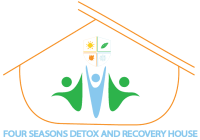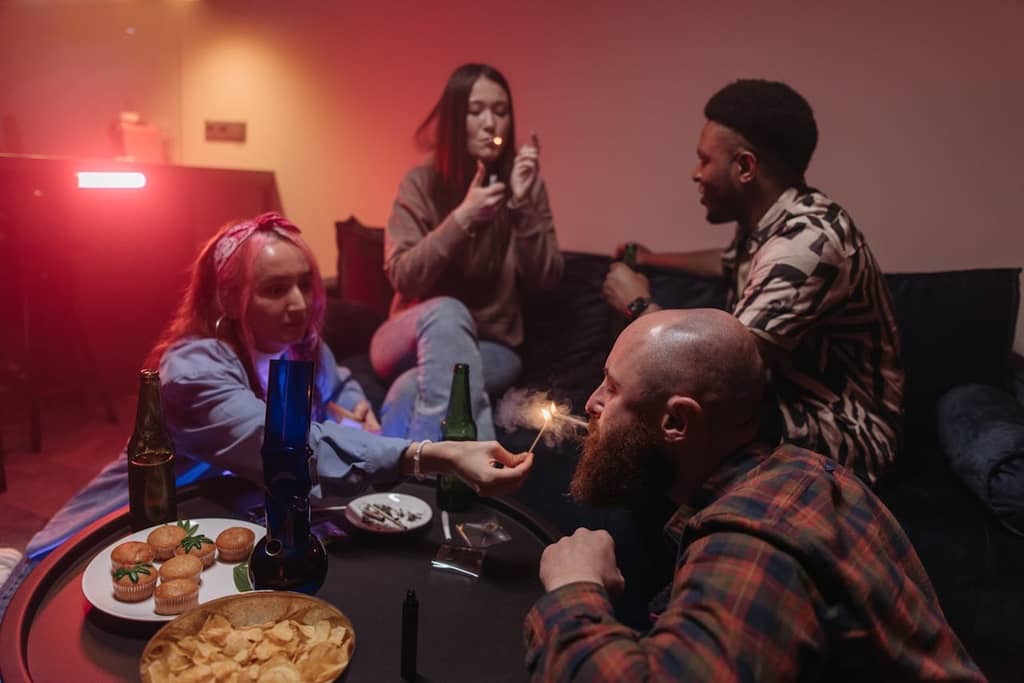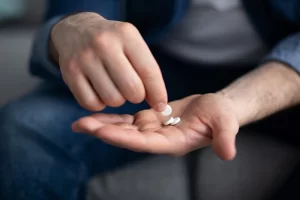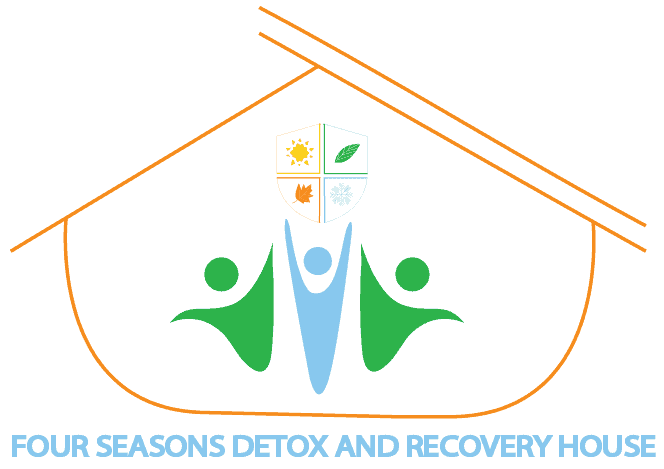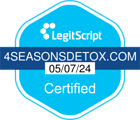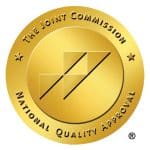In this article we look into a topic that affects many teenagers – using drugs and reflecting on the question – “What is The Number One Drug Used by Teens?”. We’re shining a light on one specific drug that a lot of teens are using these days.
Our aim is to help everyone – parents, teachers, and communities – understand why this is a big deal. Teen drug use doesn’t just affect the person using; it also affects families, schools, and neighborhoods.
We’re going to dig into why teens use drugs, what happens when they do, and what we can do about it. This journey isn’t just about knowing more; it’s about doing something to make things better for teens. So, let’s start exploring the facts and figuring out how we can make a positive difference.
Teen Substance Abuse Landscape
Now, let’s dig a bit deeper into what’s going on with teens and substances. Imagine this: lots of teens, from different places and backgrounds, are dealing with using substances. It’s not just happening in one spot – it’s spread out like a big puzzle.
So, how many teens are we talking about? Studies say quite a bunch of them are caught up in this puzzle. But it’s not just about numbers; it’s about who these teens are and why they might be turning to substances. Let’s break it down.
Firstly, it’s not just a city thing or a small-town thing – it’s everywhere. Big cities to quiet towns, teens are facing this challenge. And it’s not just one type of teen; it’s all sorts of them. It doesn’t matter if you’re into sports, art, or science – substance use doesn’t pick favorites.
Now, why are teens getting into this puzzle of substance use? One big piece is peer pressure. You know, when friends or people your age influence you to do things – it happens a lot. Also, some teens might be dealing with stuff at home, and substances seem like a way to cope with all that heavy stuff.
So, it’s like this puzzle is made up of teens from all over, facing different challenges, and using substances for various reasons. Understanding this puzzle helps us see the whole picture.
Most Popular Drugs Used by Teens
Certainly, it’s important to note that substance use among teens is a serious issue, and discussing it involves a level of responsibility. Here’s a list of some substances commonly associated with teen use, along with brief descriptions:
- 1. Marijuana (Cannabis): A plant-based substance known for its psychoactive effects. It’s often smoked or consumed in various forms, contributing to relaxation or altered perceptions.
- 2. Alcohol: A legal beverage with mind-altering properties. Teens may experiment with alcohol for various reasons, influenced by social settings or peer pressure.
- 3. Nicotine (from Tobacco): Found in tobacco products like cigarettes, nicotine is highly addictive. Teenagers might experiment with smoking due to social influences or curiosity.
- 4. Prescription Medications (Opioids, Stimulants): Some teens misuse prescription drugs, such as painkillers (opioids) or ADHD medications (stimulants), often obtained from their own medicine cabinets or from friends.
- 5. Synthetic Cannabinoids (Spice, K2): Man-made substances designed to mimic the effects of marijuana. They can be much more potent and pose significant health risks.
- 6. Inhalants: Household products like glue, paint, or nitrous oxide that, when inhaled, can produce mind-altering effects. This form of substance use can be dangerous and harmful.
- 7. Hallucinogens (LSD, Psilocybin Mushrooms): Substances that alter perception, mood, and cognitive processes. Teens may experiment with hallucinogens seeking altered experiences.
Alright, we’ve identified the main character in the teen substance use story (hello, marijuana!), and now it’s time to talk about what happens next. Using substances as a teen isn’t just a “whatever” thing – it has some pretty serious effects.
- 1. Health Hurts: When teens use drugs, it can mess with their bodies. Imagine your body is like a superhero, keeping you strong and healthy. Well, drugs can be like villains, trying to bring down the superhero. It can lead to problems with your brain, heart, and other important parts.
- 2. School Struggles: Using substances can mess with your brain, making it hard to focus on schoolwork. It’s like trying to play your favorite game with a foggy screen – not easy and not fun. Grades might drop, and school can become a real challenge.
- 3. Friendship Fumbles: Imagine playing on a sports team or being part of a cool club. Using drugs can be like throwing a wrench into teamwork. It might make it tough to connect with friends, and relationships could get strained.
- 4. Emotional Rollercoaster: Teens are already riding the rollercoaster of emotions, right? Well, substances can make that ride way bumpier. From feeling super happy to really down, it’s like emotions on steroids – not the kind of roller coaster anyone wants.
- 5. Legal Limbo: Breaking the rules can lead to trouble with the law. Using certain substances, especially when you’re underage, is a big no-no. It’s like crossing the street when the light’s red – not only is it risky, but you might get in trouble.
Road to Recovery
Okay, let’s talk about the path to feeling better when things have gone a bit sideways. It’s like fixing up a bike after a bumpy ride – it takes time, effort, and maybe a little help. Here’s what the road to recovery can look like:
- 1. Finding Support: Imagine you’re playing a tough game, and your team is there cheering you on. Well, the road to recovery is a bit like that. It’s important to have people – friends, family, or even professionals – who have your back.
- 2. Talking it Out: Communication is like the toolkit for recovery. Sharing feelings and thoughts with someone you trust can be super helpful. It’s like getting rid of those heavy bags you’ve been carrying.
- 3. Professional Help: Seek professional help for effective strategies in dealing with tough situations. Counselors act as mind coaches, offering support and guidance in drug and alcohol rehab.
- 4. Healthy Habits: Picture your body as a superhero again. Giving it the right fuel – good food, exercise, and enough sleep – can help it fight off the villains and stay strong.
- 5. Setting Goals: Imagine reaching a goal in your favorite game – that feeling of success. Recovery is kind of like that. Setting small goals and celebrating victories along the way can keep you moving forward.
Remember, recovery isn’t a sprint; it’s more like a marathon. It takes time, patience, and a bit of effort every day. And hey, everyone’s journey is different. Some days might be tough, but with the right support, you can get through it.
